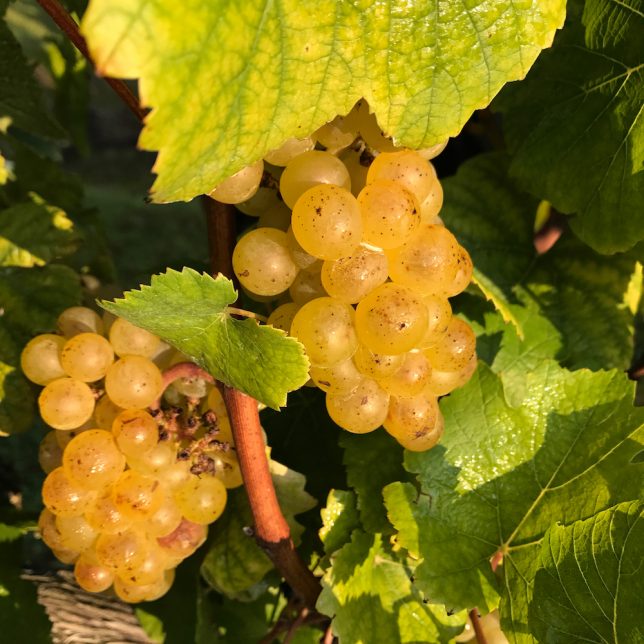https://www.scarpellino.com/7wrckrvf Seven years ago we attended the groundbreaking event for Big Cork Vineyards. We had not been back since then. After the most recent snow we made plans to visit and were so glad we finally made it back to Big Cork Vineyards.
https://www.andrewlhicksjrfoundation.org/uncategorized/2vneh5jpz Randy Thompson and Dave Collins have certainly created an amazing experience at Big Cork Vineyards. While they made almost two dozen different wines, the tasting menu is tastefully limited to six nice choices. We thoroughly enjoyed the wine tasting at the expansive tasting bar. We particularly enjoyed the 2017 Sauvignon Blanc and the 2015 Nebbiolo. We were very impressed with the wines crafted by Dave Collins. We were already familiar with his work because of our membership at Breaux Vineyards where Dave was the winemaker for 14 years. We wanted to try the 2016 Reserve Chardonnay but it was only available to club members. I was very curious about the 2016 Reserve Chardonnay that I decided to join the club so that we could enjoy the chardonnay with some lunch items.
https://www.tomolpack.com/2025/03/11/szeb6pfrg 
https://www.salernoformazione.com/6er6rky 
https://municion.org/urfwi40w After our tasting we crossed the tasting room to the market area. We selected some items for lunch and picked up the bottle of the 2016 Reserve Chardonnay. It was everything we had hoped it would be. And it paired well with our lunch items. In the market area there is a comfortable seating area. There is also a covered patio area for warmer times. The day we were there they had live music out on the patio. The patio has wonderful views of the vineyards.
https://ballymenachamber.co.uk/?p=d5537bua 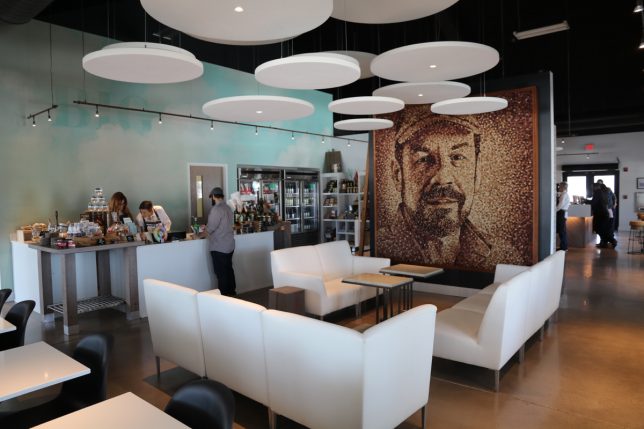
Buy Ambien Online India Before leaving we picked up our club wines and purchased a few more. We do plan to return to Big Cork Vineyards but sooner than seven years. If you happen to visit Big Cork Vineyards in Maryland, please tell them Virginia Wine Time sent you!
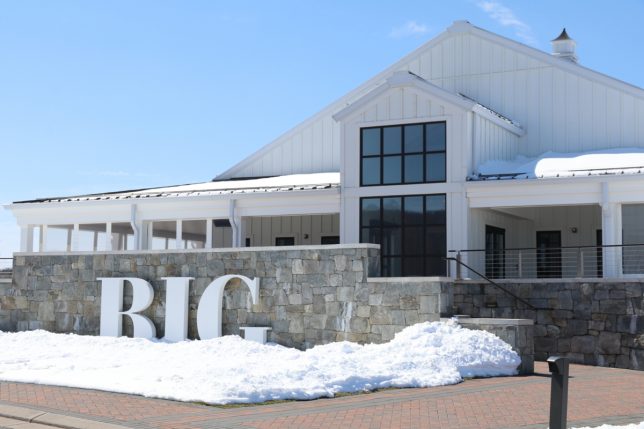



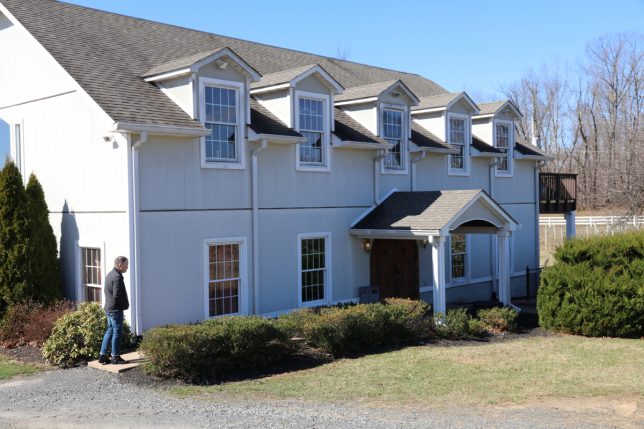
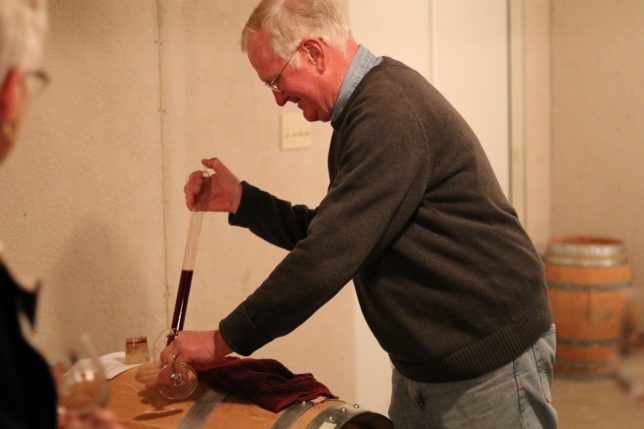

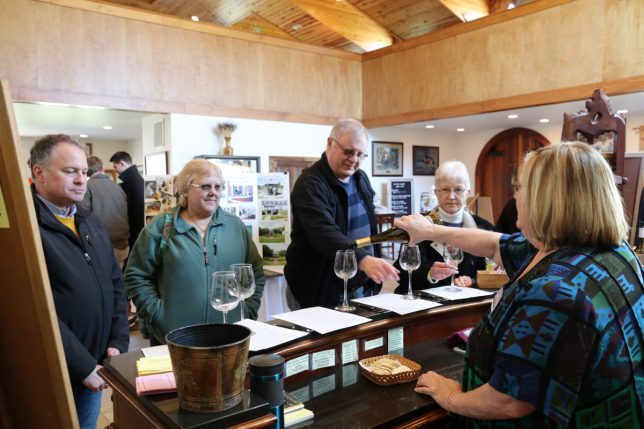
 Congratulations to outstanding winemaker, Matthieu Finot, for winning the Virginia Governor’s Cup. It was Finot’s 2014 Meritage that earned the coveted Cup!
Congratulations to outstanding winemaker, Matthieu Finot, for winning the Virginia Governor’s Cup. It was Finot’s 2014 Meritage that earned the coveted Cup!
 Time flies when you are having a blast with your best friend who also happens to be your spouse. That is the only way that I can describe the past three years with my best friend and husband, Paul. Well, to be completely honest, it has been 13 years since we have been friends and partners; however, three years ago we decided to marry on the exact date of our first date. That occurred on February 20, 2005 when a reluctant Paul agreed to a date with me to view art exhibits at the National Gallery of Art. Later that evening, we had charcuterie and cheeses with a bottle of red wine—-a Merlot from Gray Ghost Vineyards to be exact. This year is our third wedding anniversary and we thought it appropriate to celebrate with a Virginia red wine aptly named 3.
Time flies when you are having a blast with your best friend who also happens to be your spouse. That is the only way that I can describe the past three years with my best friend and husband, Paul. Well, to be completely honest, it has been 13 years since we have been friends and partners; however, three years ago we decided to marry on the exact date of our first date. That occurred on February 20, 2005 when a reluctant Paul agreed to a date with me to view art exhibits at the National Gallery of Art. Later that evening, we had charcuterie and cheeses with a bottle of red wine—-a Merlot from Gray Ghost Vineyards to be exact. This year is our third wedding anniversary and we thought it appropriate to celebrate with a Virginia red wine aptly named 3.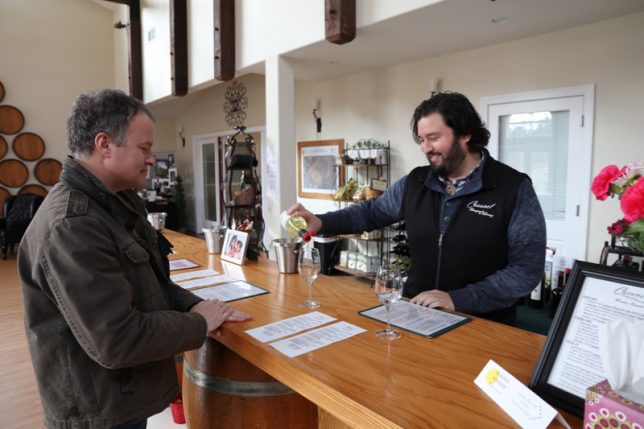

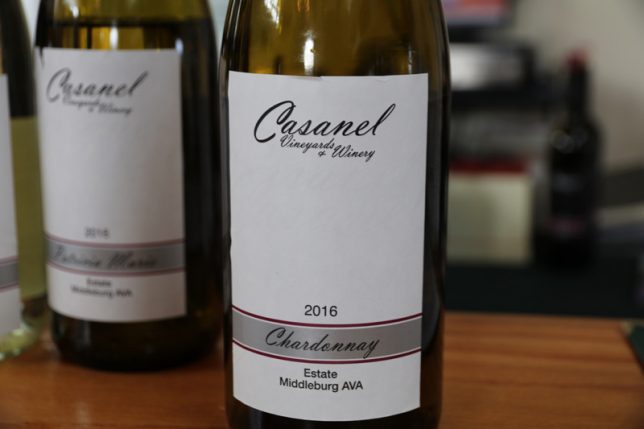

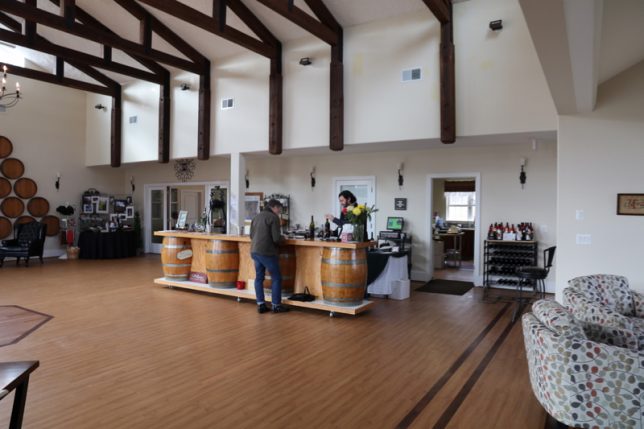
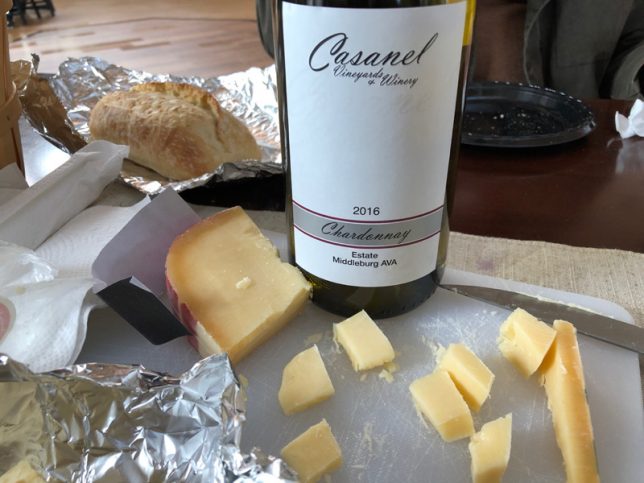

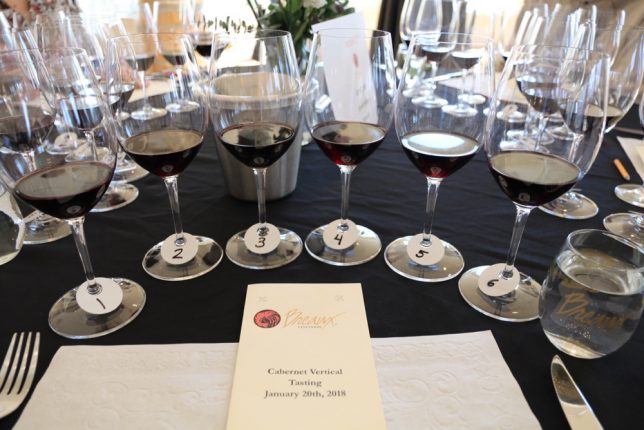
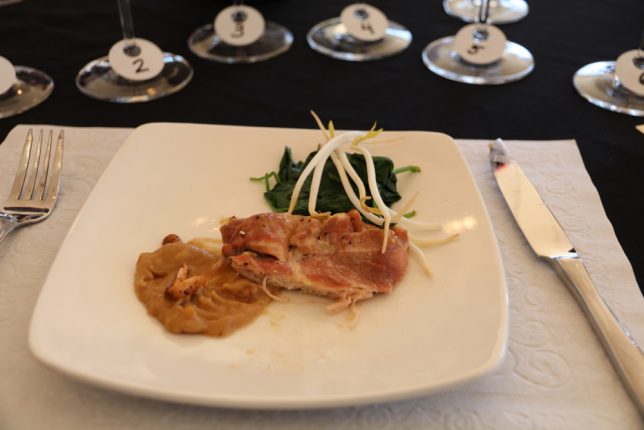
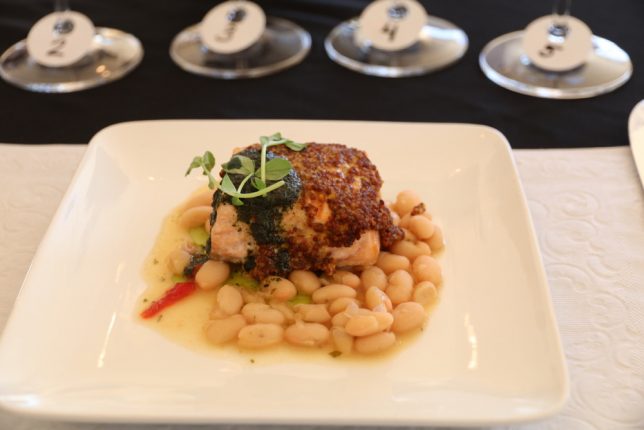


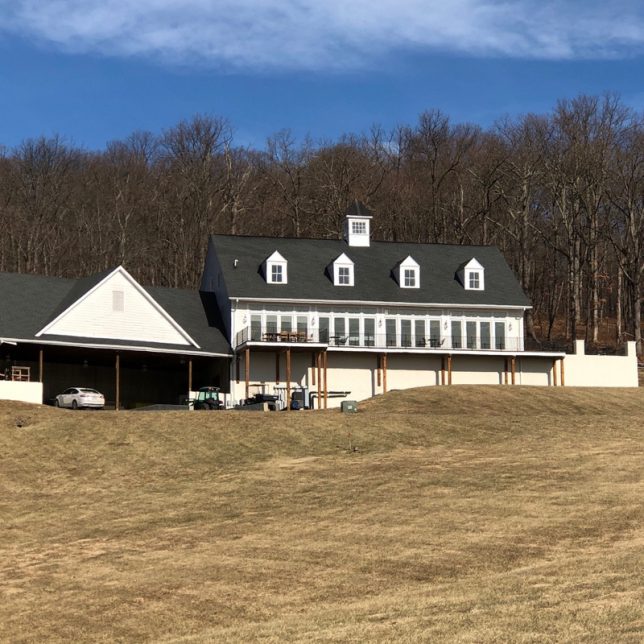

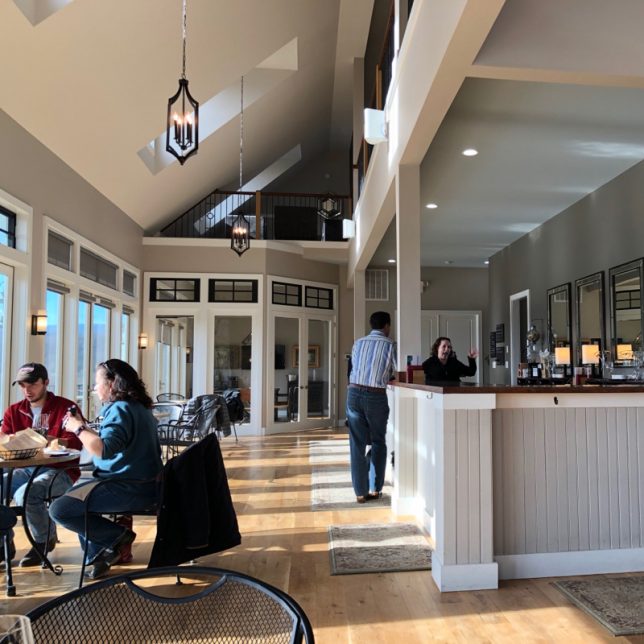
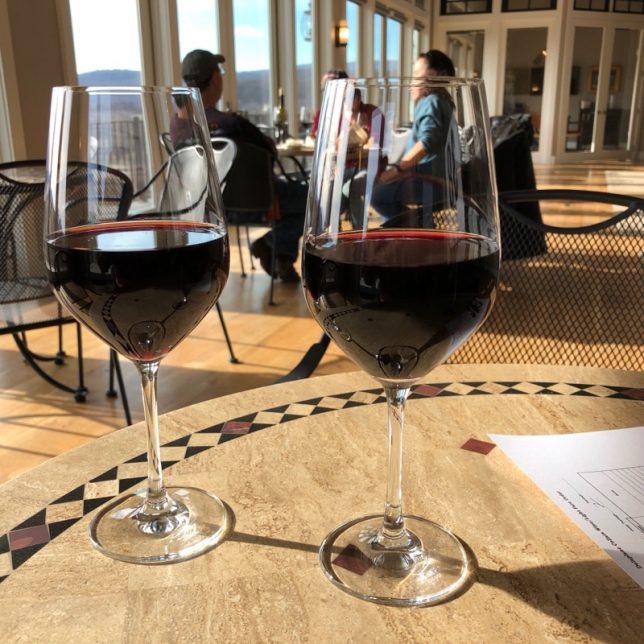




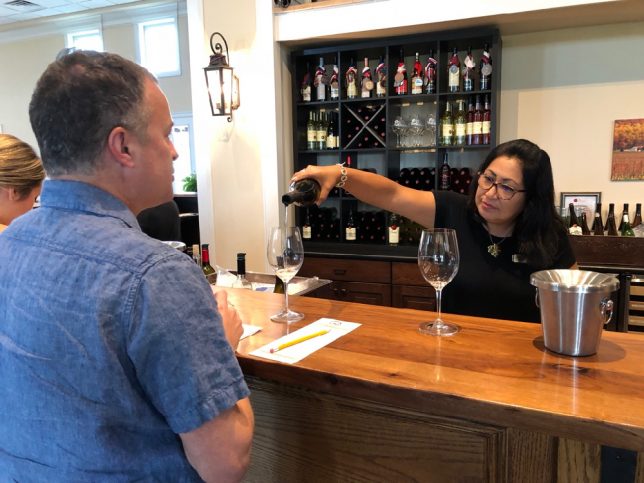

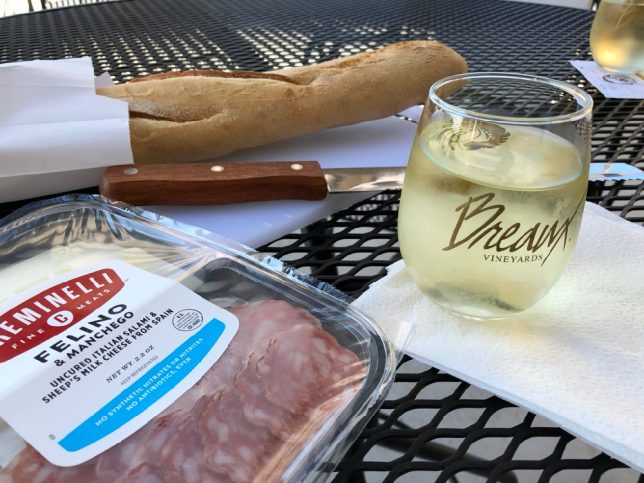

 We started with a salad course. It was a tossed green salad with a Dijon vinaigrette dressing. Warren selected the 2016 Rose from
We started with a salad course. It was a tossed green salad with a Dijon vinaigrette dressing. Warren selected the 2016 Rose from 
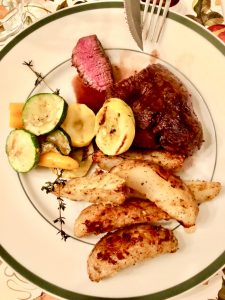 The main course consisted of a healthy portion of filet mignon, parmesan oven roasted potatoes, and grilled squash. Warren selected the 2010 Meritage from
The main course consisted of a healthy portion of filet mignon, parmesan oven roasted potatoes, and grilled squash. Warren selected the 2010 Meritage from 